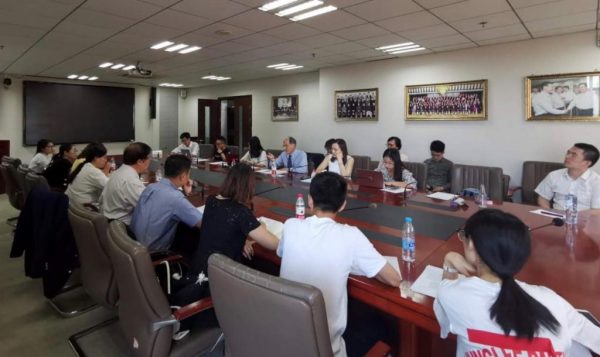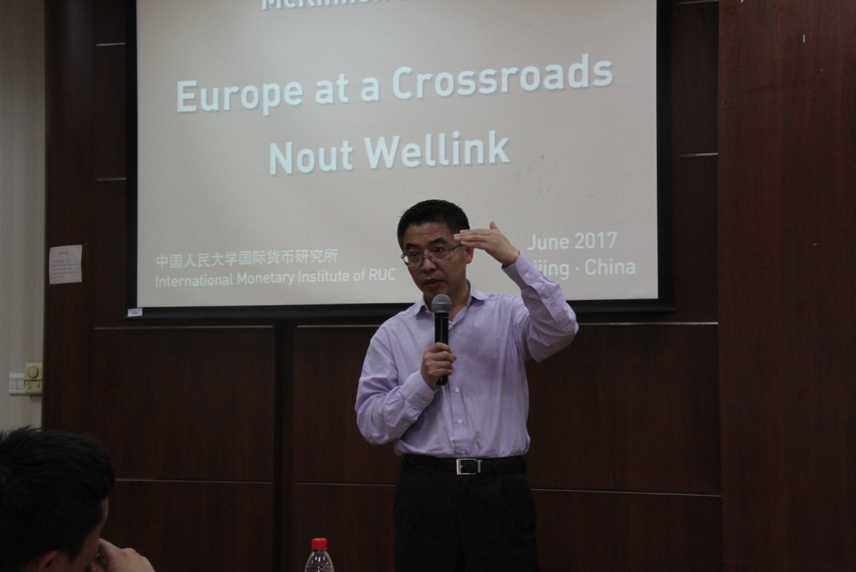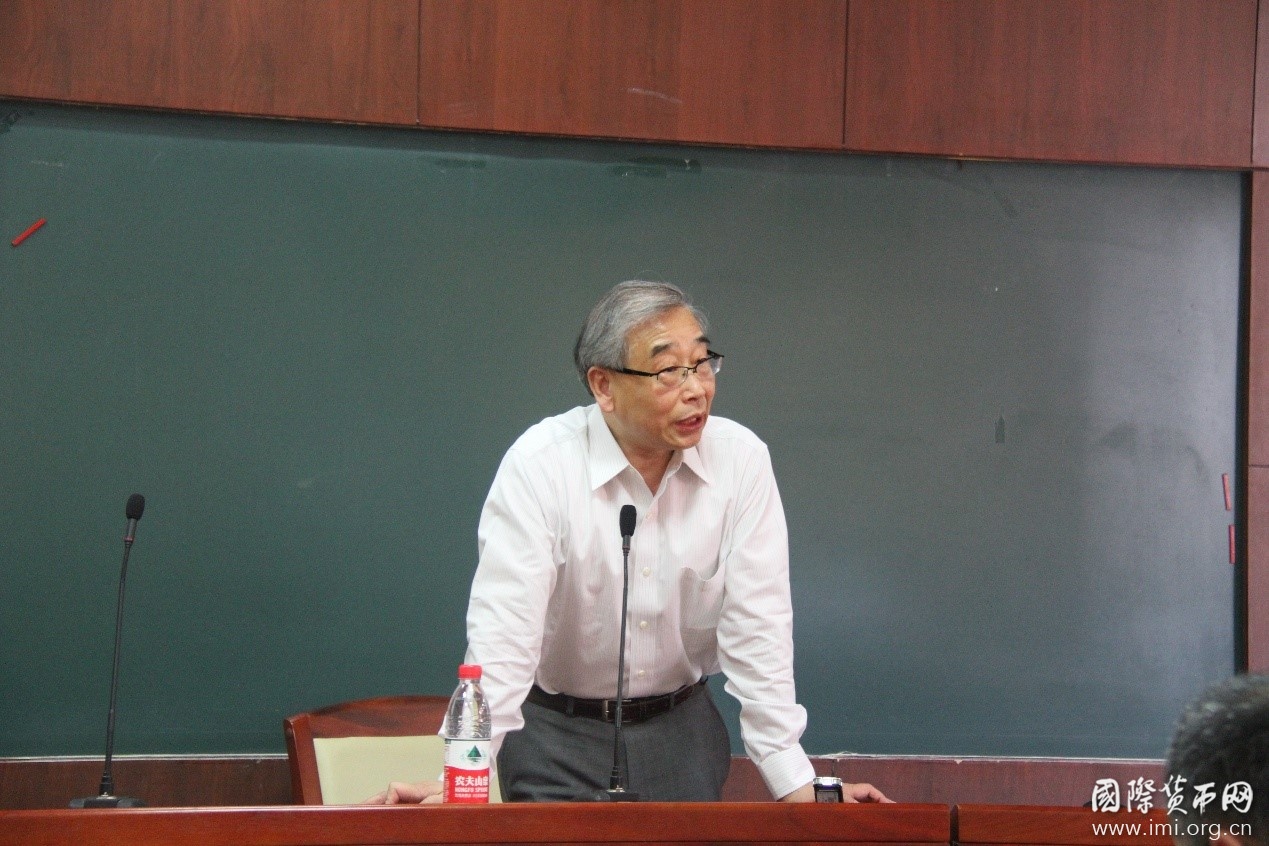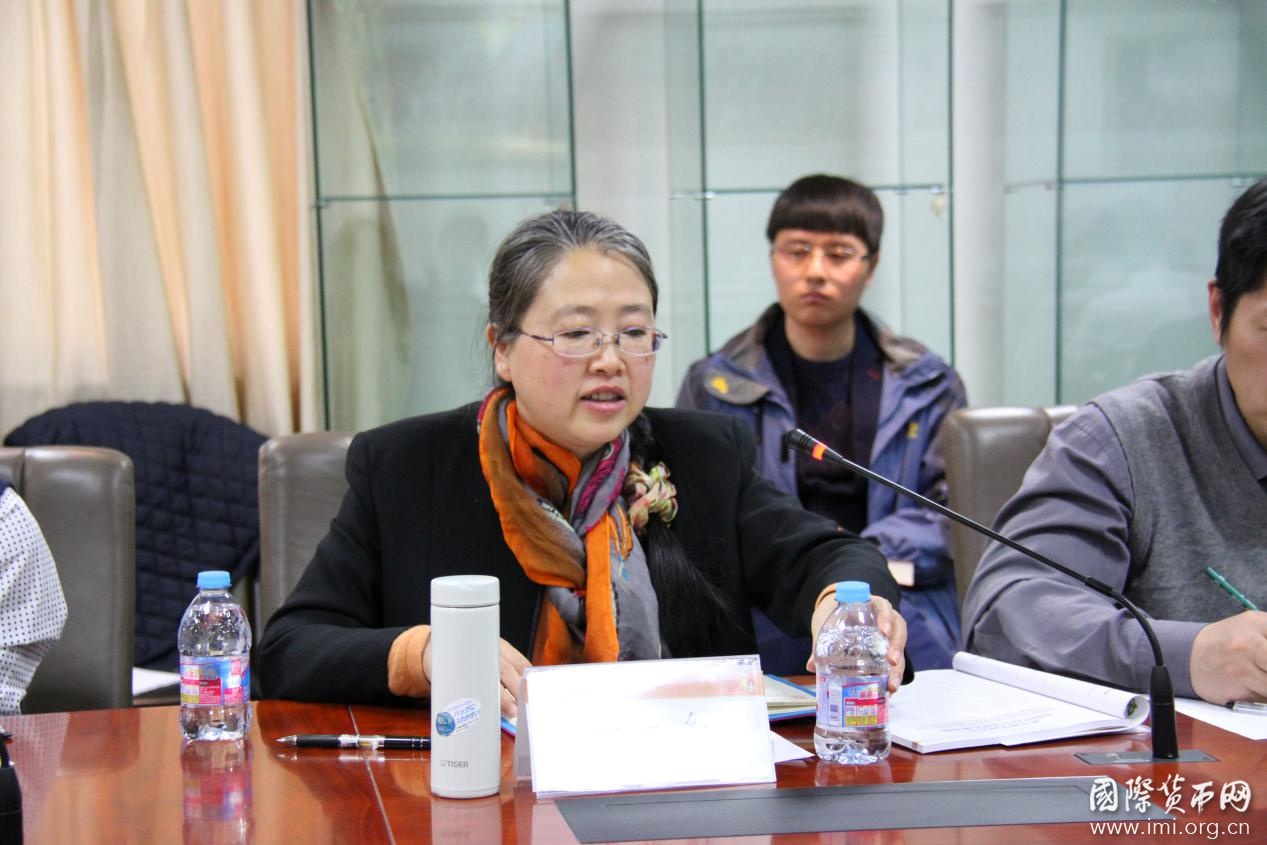McKinnon Lectures (No. 7): The Present and Future of China's Exchange Rate Policy and Regime
2016-10-22 IMI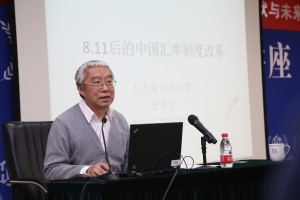 In the speech, Mr. Yu introduced the classification of exchange rate regimes, briefly reviewed the evolution of China’s exchange rate regime, elaborated on the features, operation and the limits of China’s new exchange rate regime and finally discussed the reforming direction of of China’s new exchange rate regime.
To start with, he elaborated on the features of differentexchange rate regimes and the definition of basket currency through IMF’s classification of exchange rate regimes and analyzed the 20-years-evolution of China’s exchange rate regime under IMF’s classification. He considered that 8.11 reform was an important step towards a floating exchange rate which is significant to the reform of our exchange rate regime. In his opinion, the change in closing price of RMB exchange rate reflects the direction and intensity of RMB’s depreciation and appreciation pressure in the foreign exchange market;relating thecentral parity rate with previous day’sclosing price reflects the monetary authority’s desire of releasing the pressure of depreciation or appreciation and clearing the market. He emphasized that the announcement of "Closing price +24-hour basket currency stability" pricing mechanism fulfilled the market demand for the transparency of central bank’s exchange rate policy but increased the difficulty in predicting RMB’s exchange rate inmedium-to-long term.
According to the definition of CFETS index, Mr. Yu used an identical transformation of its formula and divided CFETS index into three components: exchange rate of RMB against USD, the dollar index, and exchange rates of other currencies against USD. He analyzed the depreciation of RMB against USD, the reason of CFETS’s fall and the central bank’s true intention of bringing in the factor of basket currencies by looking at the track of exchange rate of RMB against USD, the dollar index, and exchange rates of other currencies against USD. At the end of his speech, Mr. Yu underlined that the target of China’s nominal exchange rate and the exchange rate against basket currencies can hardly be both taken into account because there is a conflict betweenthe target of China’s nominal exchange rate and the target of exchange rate against basket currencies.
In the speech, Mr. Yu introduced the classification of exchange rate regimes, briefly reviewed the evolution of China’s exchange rate regime, elaborated on the features, operation and the limits of China’s new exchange rate regime and finally discussed the reforming direction of of China’s new exchange rate regime.
To start with, he elaborated on the features of differentexchange rate regimes and the definition of basket currency through IMF’s classification of exchange rate regimes and analyzed the 20-years-evolution of China’s exchange rate regime under IMF’s classification. He considered that 8.11 reform was an important step towards a floating exchange rate which is significant to the reform of our exchange rate regime. In his opinion, the change in closing price of RMB exchange rate reflects the direction and intensity of RMB’s depreciation and appreciation pressure in the foreign exchange market;relating thecentral parity rate with previous day’sclosing price reflects the monetary authority’s desire of releasing the pressure of depreciation or appreciation and clearing the market. He emphasized that the announcement of "Closing price +24-hour basket currency stability" pricing mechanism fulfilled the market demand for the transparency of central bank’s exchange rate policy but increased the difficulty in predicting RMB’s exchange rate inmedium-to-long term.
According to the definition of CFETS index, Mr. Yu used an identical transformation of its formula and divided CFETS index into three components: exchange rate of RMB against USD, the dollar index, and exchange rates of other currencies against USD. He analyzed the depreciation of RMB against USD, the reason of CFETS’s fall and the central bank’s true intention of bringing in the factor of basket currencies by looking at the track of exchange rate of RMB against USD, the dollar index, and exchange rates of other currencies against USD. At the end of his speech, Mr. Yu underlined that the target of China’s nominal exchange rate and the exchange rate against basket currencies can hardly be both taken into account because there is a conflict betweenthe target of China’s nominal exchange rate and the target of exchange rate against basket currencies.
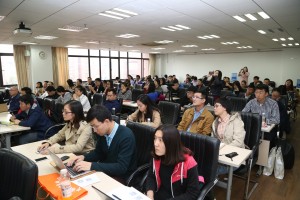 During the link of interaction and discussion, Mr. Yu patiently answered the questions from the audience, including “The impact of an increase in interest rates by the FED on RMB”, “other factors that cause the short-term fluctuation in the exchange rate of RMB”, “the importance of currency policy’s independent target”, “the role of gold in stabilizing exchange rates” and came up with unique opinion, saying that the long-term trend of the fluctuation of RMB’s exchange rate is eventually decided by the growth of China’s economy.
During the link of interaction and discussion, Mr. Yu patiently answered the questions from the audience, including “The impact of an increase in interest rates by the FED on RMB”, “other factors that cause the short-term fluctuation in the exchange rate of RMB”, “the importance of currency policy’s independent target”, “the role of gold in stabilizing exchange rates” and came up with unique opinion, saying that the long-term trend of the fluctuation of RMB’s exchange rate is eventually decided by the growth of China’s economy.
